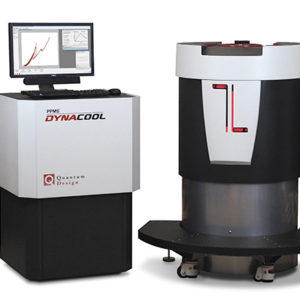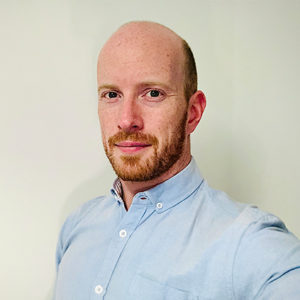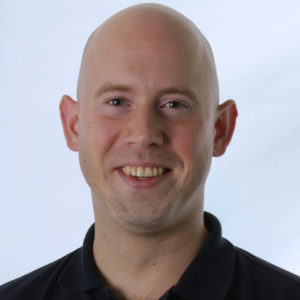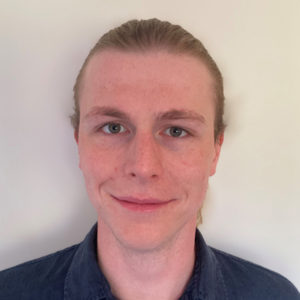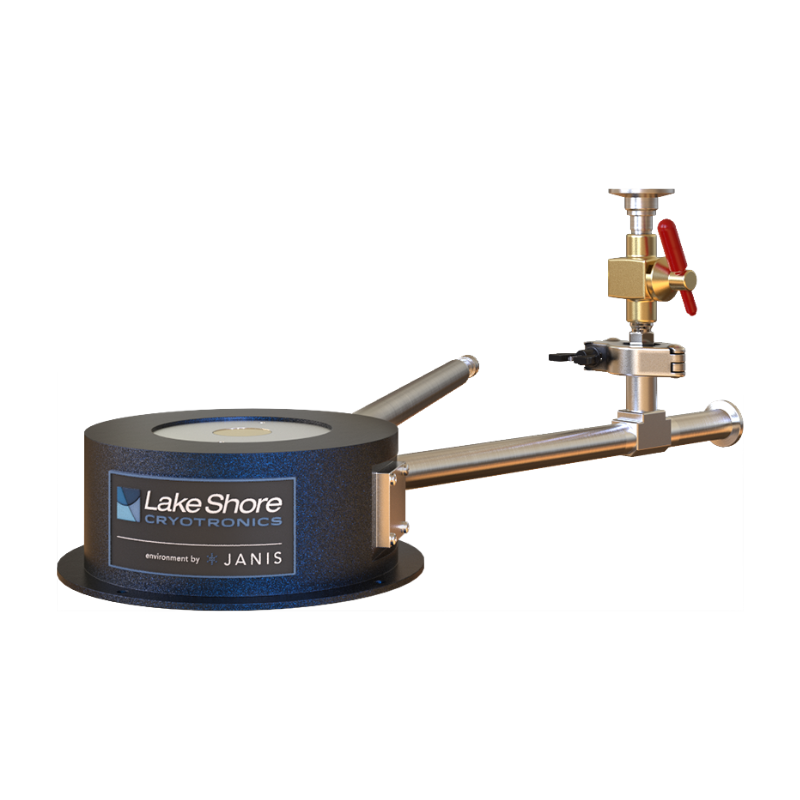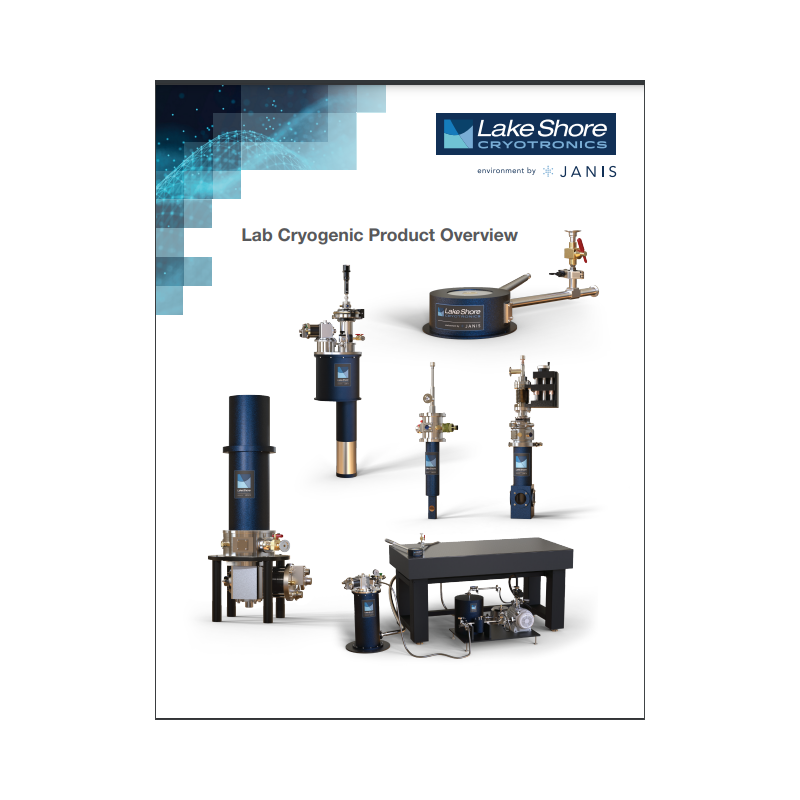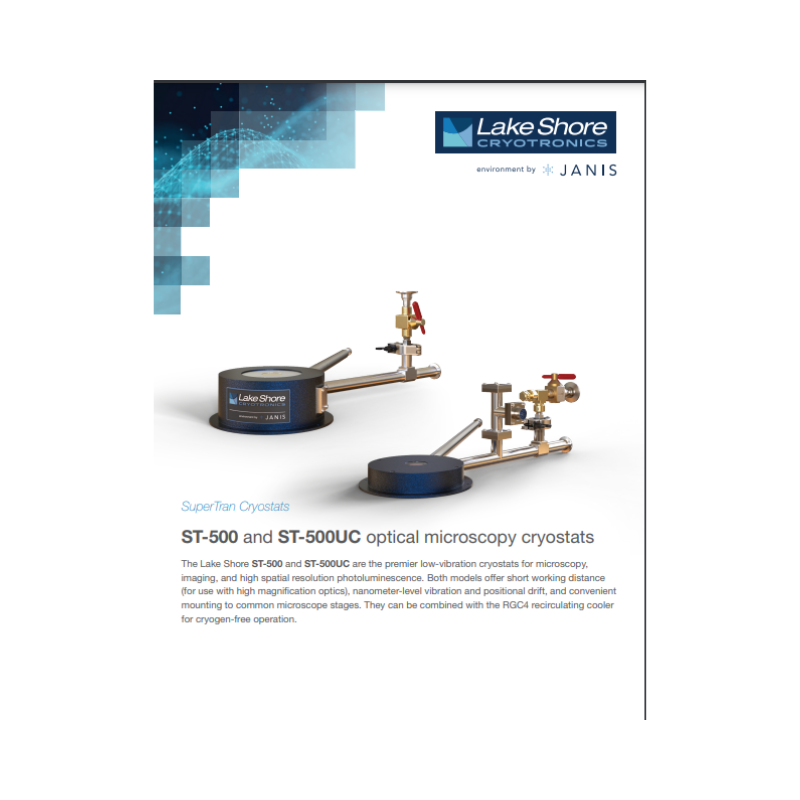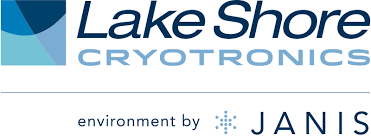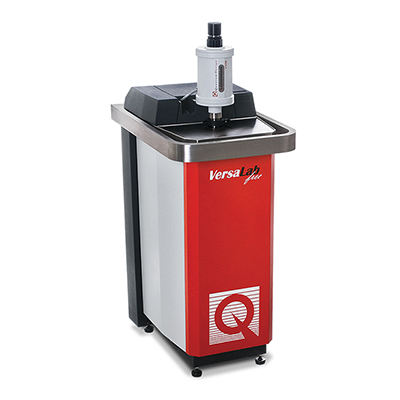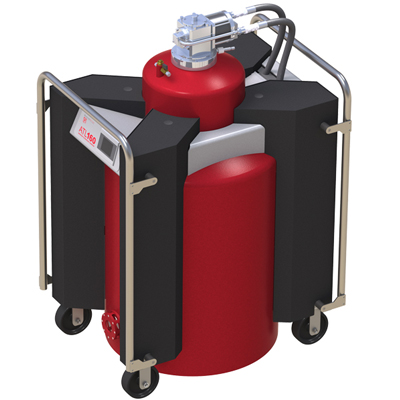- Features
- Specifications
- Downloads
- Related Products
- Contact
- Back To Spectroscopy
- Back To Optics
- Back To Hyperspectral
- Back To Cameras
- Back To X-Ray
- Back To Light Measurement
- Back To Characterisation
- Back To Electron Microscopy
- Back To Magnetometry
- Back To Ellipsometers
- Back To Cryogenics
- Back To Lake Shore
Lake Shore Janis ST-500 Microscopy Cryostat
Continuous Flow Cryostat
The Lake Shore ST-500 continuous flow cryostat is specially designed for use in microscopy, imaging, and high spatial resolution photoluminescence. The combination of the low thermal-expansion support structure and internal vibration isolation results in nanometer-scale vibration and drift levels. The cryostat geometry offers a short working distance (for use with high magnification optics) and permits mounting on common microscope stages and translators.
A cryogen-free option for continuous flow cryostats
FEATURES
- Low vibration — 15 nm
- Options for UHV
- Options for nano-positioning stages
- Can be used both in transmission and reflection geometries
Specifications
| Cooling type | LHe or LN2 |
| Minimum temperature | 3.5 K |
| Maximum temperature | 325 K option for 475 K |
| Vibration | Options for low vibration |
| Optional vibration amplitude (nominal)† | ±15 nm |
| Positional drift‡ | ±10 nm at 5 min; ±60 nm at 30 min |
| Sample environment | Vacuum |
| Initial cooldown time | 15 min (to 5 K) 25 min to 10 K (LHe); 30 min to 80 K (LN2) |
| Cooldown cryogen usage to 4.2 K | 1 L LHe; 0.3 L LN2 |
| Cryogen usage (nominal) | LHe at 5 K: ~1.1 L/h; LN2 at 80 K: ~0.1 L/h |
| Typical stability | ±50 mK |
| Weight (not including transfer line) | 7 lb (3.2 kg) |
NOTE: Specifications do not include optical or experimental heat loads and assume horizontal orientation. Specifications may change depending on the length of the transfer line flexible section.
†Vibrational amplitude measured while on an isolated optical table. Results may vary depending on experimental conditions.
‡Data courtesy of B. B. Goldberg and M. S. Unlu, Departments of Physics, ECE and Photonics Center, Boston University.




